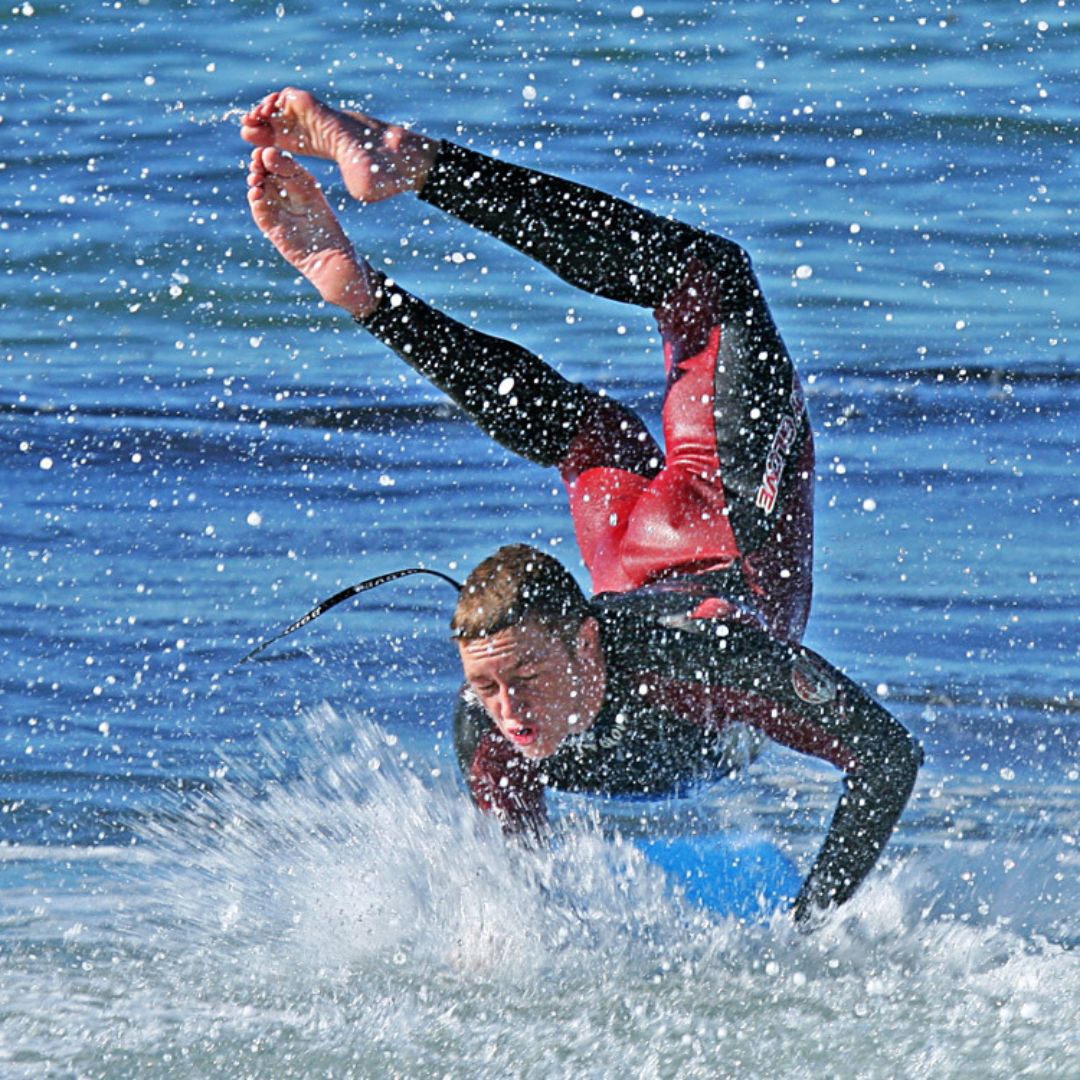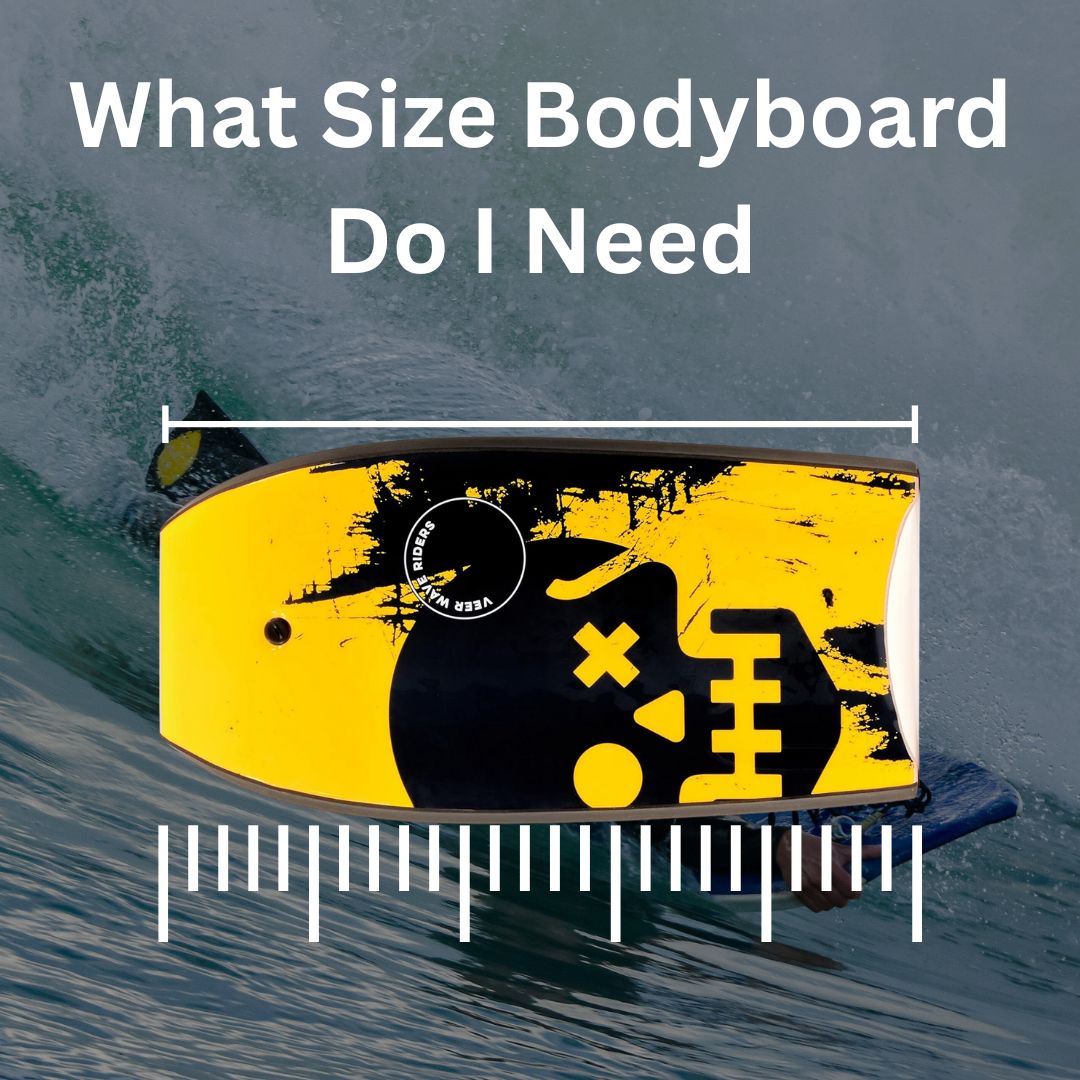What Is Bodyboarding – Secrete You Need to Know
What is bodyboarding? That’s the question you ask right before either falling in love with your new beach obsession or mistaking it for surfing’s little cousin who still uses training wheels.
Let’s clear that up right now: bodyboarding is not just “surfing but lying down,” and it’s definitely not just for kids or bored tourists. It’s a full-blown sport, packed with style, skill, adrenaline, and just enough saltwater in your nose to keep things humbling.
Yes, we’re diving fins-first into the world of foamy, wave-chasing adventure, answering not just what is bodyboarding, but how it works, who it’s for, what gear you need, and how to actually get started without looking like a beached seal flopping around in neoprene.
What Is Bodyboarding?
Bodyboarding is a water sport where you ride a wave toward the shore using a small, rectangular foam board (known as a bodyboard). Unlike surfing, where riders stand upright, bodyboarders usually ride in a prone position (lying on their stomachs), although some advanced riders use a kneeling or even stand-up style.
Originating from ancient Polynesia and modernized in the 1970s by Tom Morey, bodyboarding is often seen as more accessible than surfing. You don’t need to pop up onto your feet, and it’s easier to learn how to catch your first wave.
But don’t let the simplicity fool you, bodyboarding is also an elite sport with professional competitions, big-wave riders, and techniques just as thrilling (if not more) than traditional surfing.
Bodyboarding vs Boogie Boarding: Are They the Same?
Technically, boogie boarding and bodyboarding refer to the same sport. But here’s the kicker: “Boogie Board” is actually a brand name coined by Tom Morey when he sold his original softboard design in the ’70s.
Over time, “boogie board” became a generic term, especially for the mass-produced beach-shop versions.
Today, “boogie boarding” often implies casual, recreational use, while “bodyboarding” is seen as the sport’s more serious, performance-based version. Think of it like calling every adhesive bandage a “Band-Aid.” Both stick, but one’s made for real action.
Bodyboard vs Surfboard vs Body Surf Board
Let’s break this down like a beachside comparison chart:
- Bodyboard: Small, soft board used lying down or kneeling. Great for quick learning, trick potential, and steeper wave drops.
- Surfboard: Longer, harder board you stand on. Offers more glide and control in big waves, but with a steeper learning curve.
- Body Surf Board (aka hand plane or handboard): No board under your body, just a small fin-like plane strapped to your hand. It’s literally surfing with your body.
So, when people ask, “how do you boogie board?”—they often really mean “how do you ride a bodyboard?” The answer starts with choosing the right board and learning basic wave reading. But we’ll get there.
Who Is Bodyboarding For?
Everyone. Seriously. Kids, teens, adults, parents, even grandparents can pick it up faster than you can say “wipeout.” It’s ideal for:
- Beginners who want something less intimidating than surfing
- Travelers and beachgoers looking for an active way to play in the water
- People with joint issues or injuries that make standing hard
- Wave chasers who love tricks, barrels, and high-performance action
It’s also the perfect family-friendly water sport. Just make sure beginners stick to soft-sand beaches with small, rolling waves – reef breaks can be too gnarly if you don’t know what you’re doing.
What Gear Do You Need for Bodyboarding? (Bodyboarding Equipment)
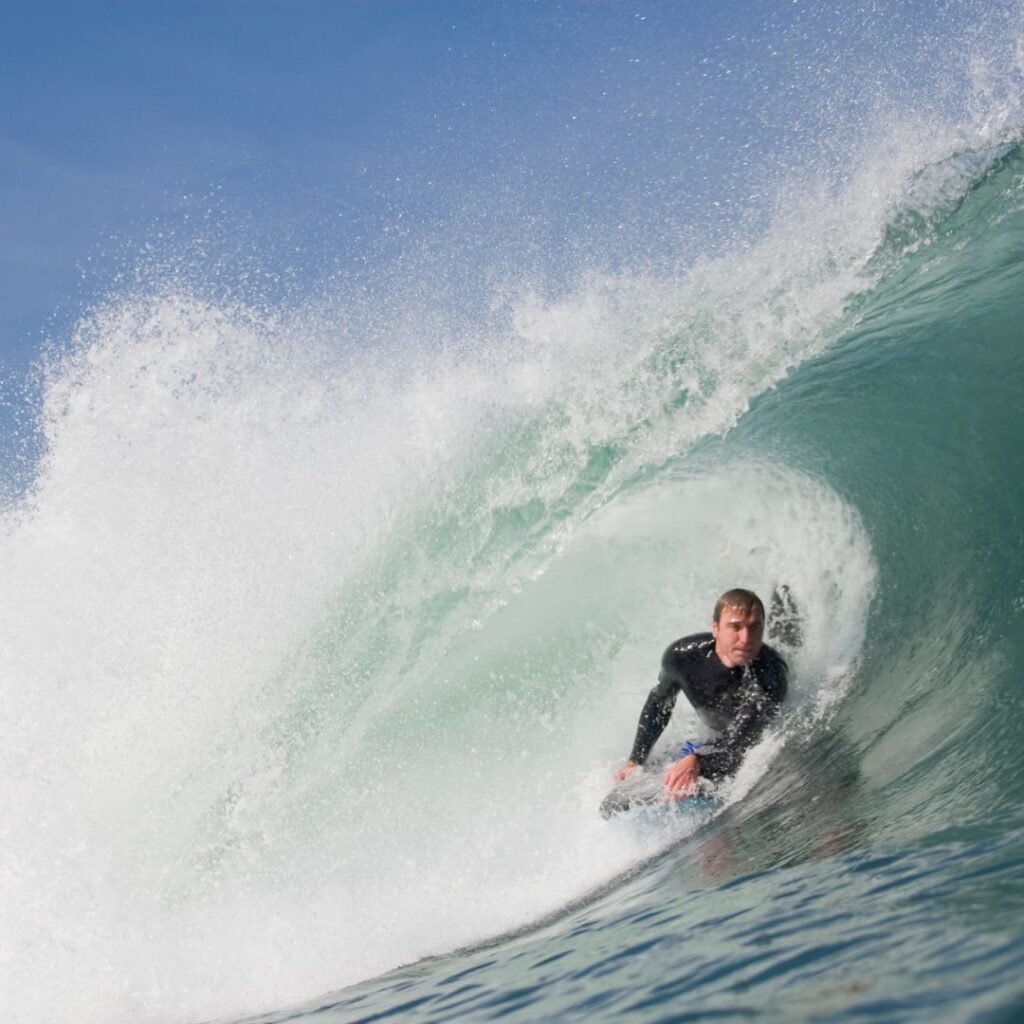
Before you hop into the waves, let’s talk tools. Here’s what you’ll need:
1. Bodyboard
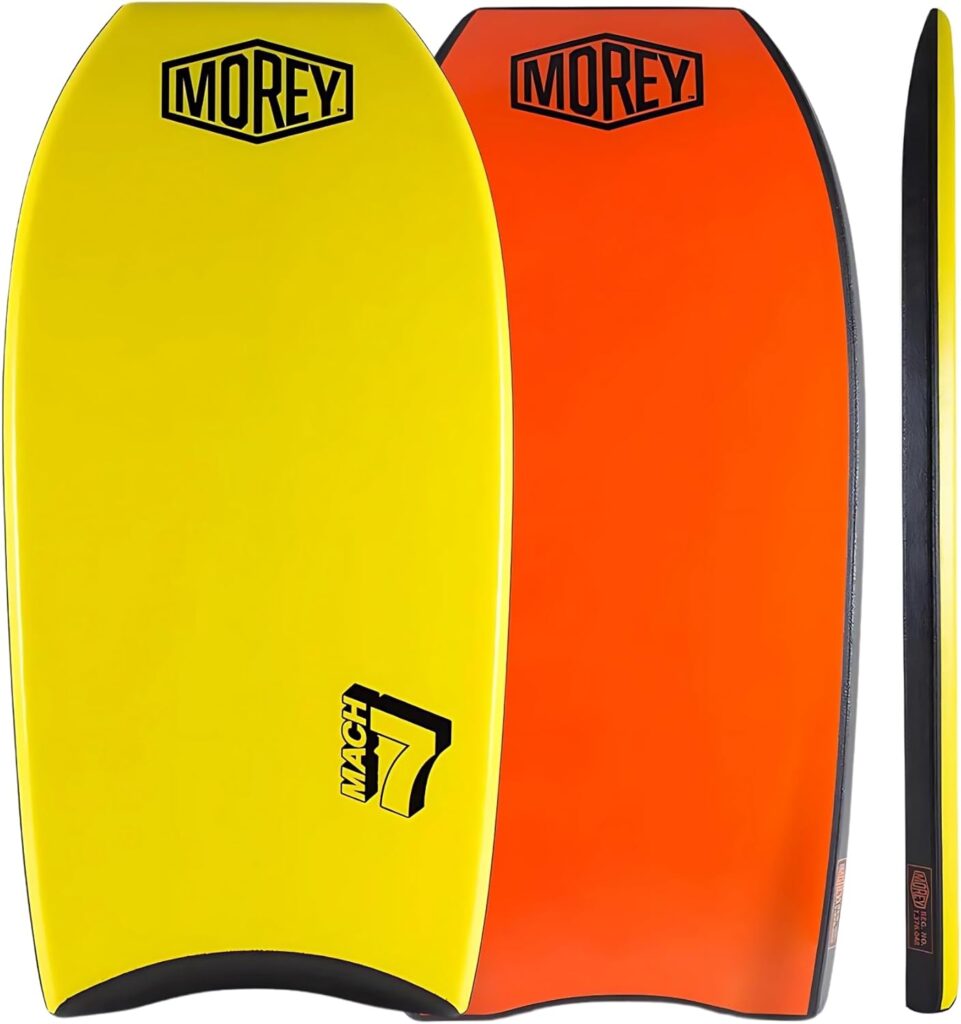
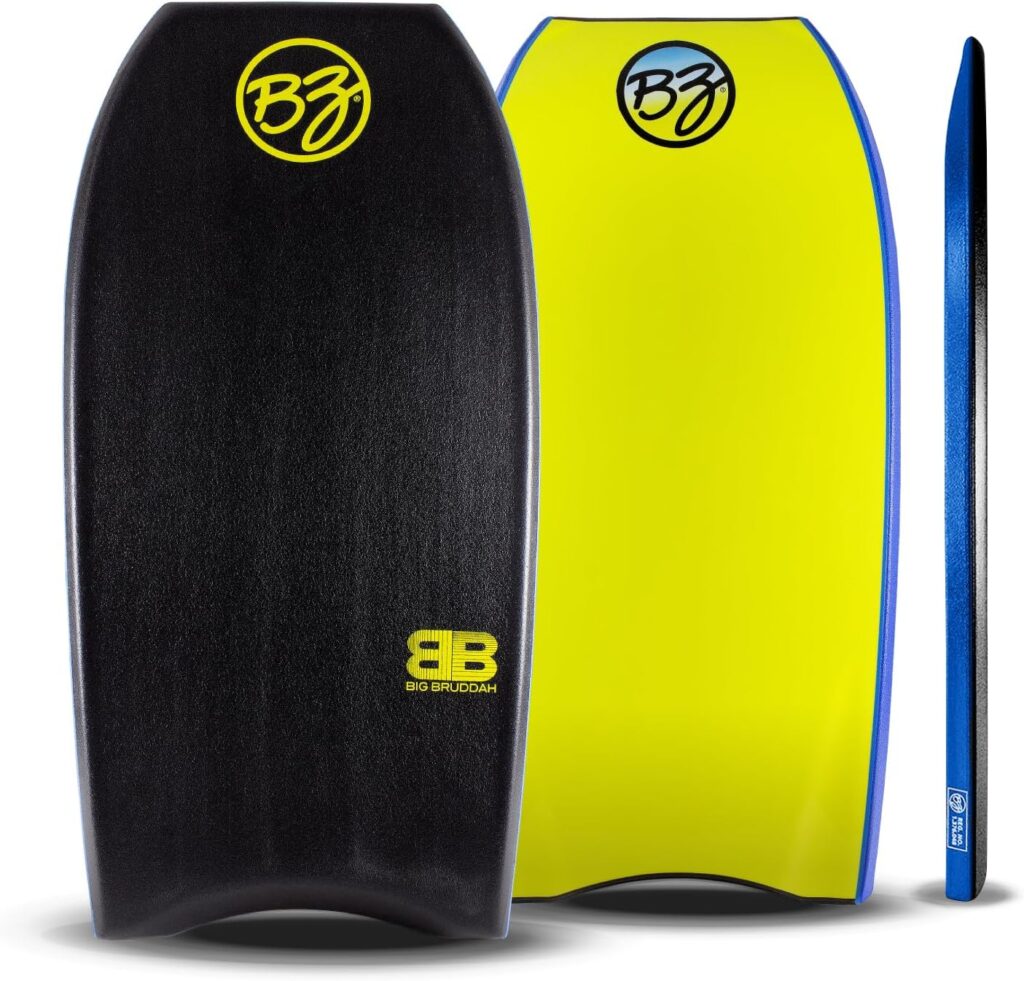
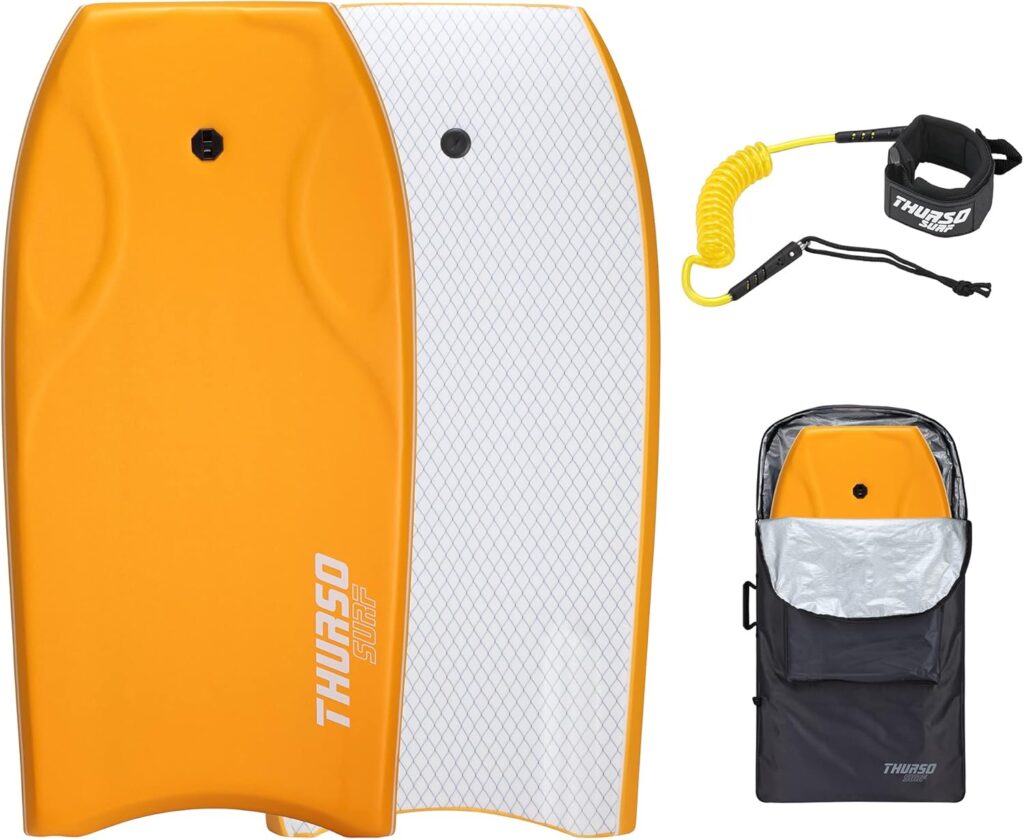
- This is your main piece of equipment. The best bodyboards are made of durable foam with a slick bottom and a crescent tail.
- Pro tip: Wondering what size bodyboard do I need? It depends on your height and weight. A general rule: the board should come up to your belly button when stood upright.
2. Bodyboarding Fins (Swim Fins)
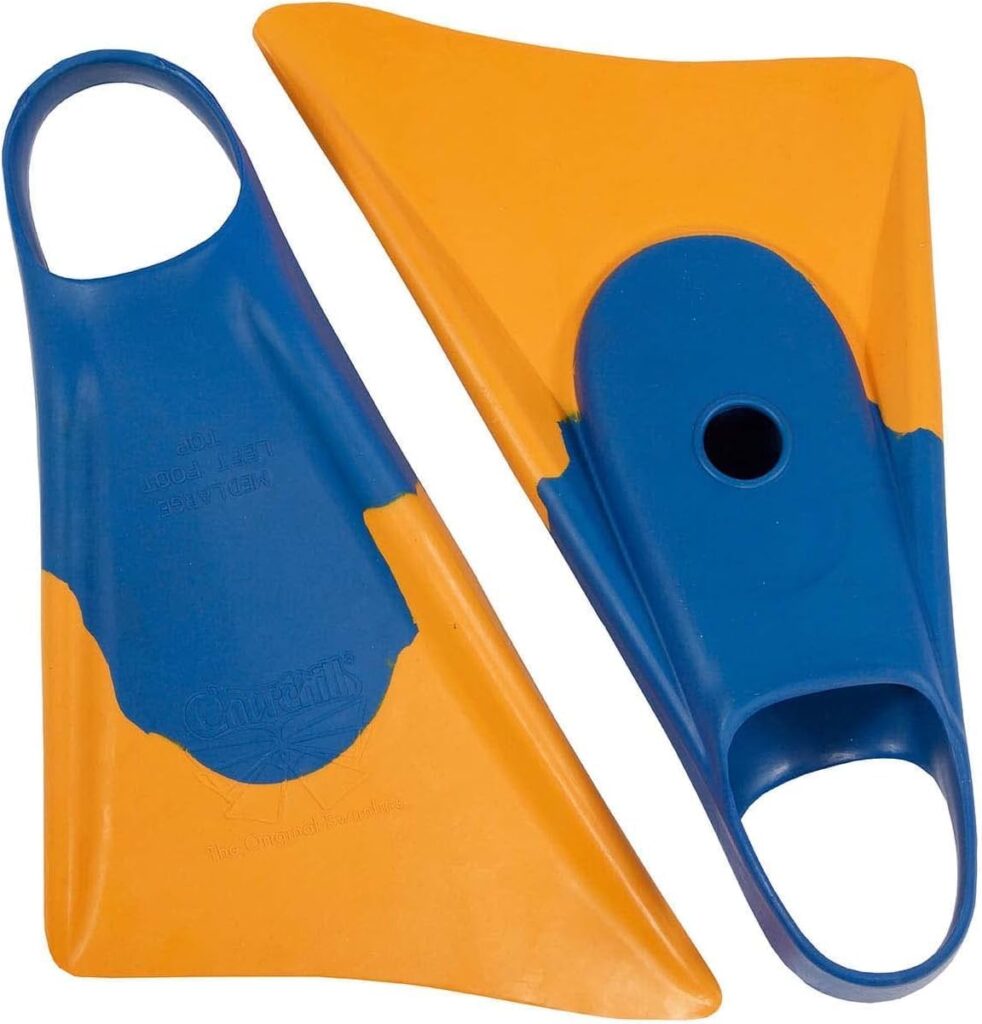
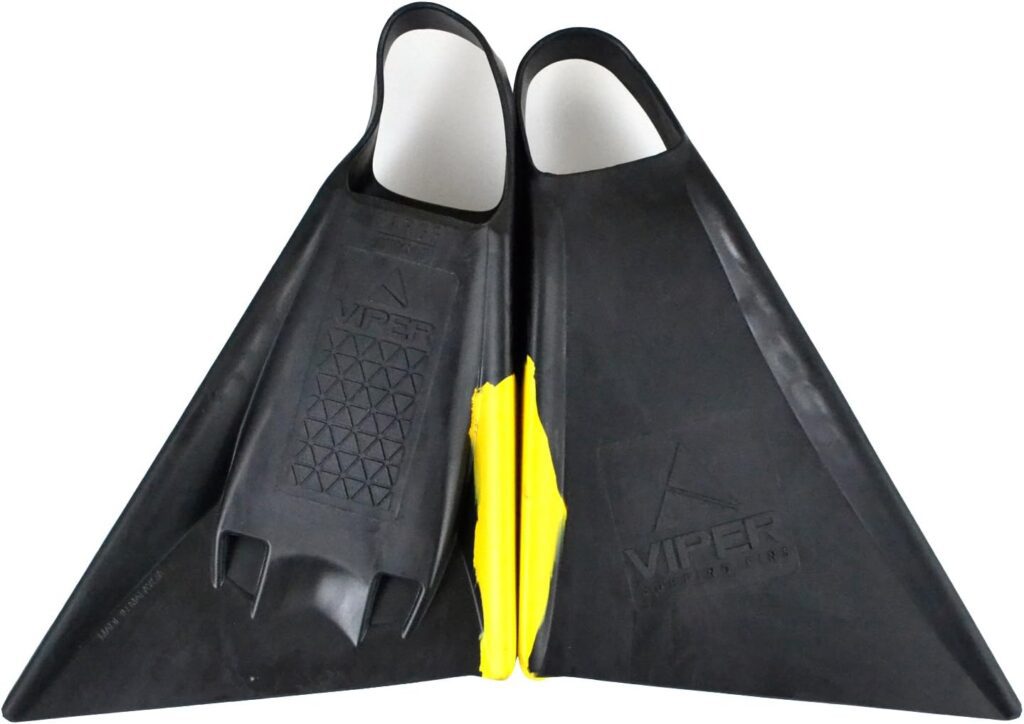
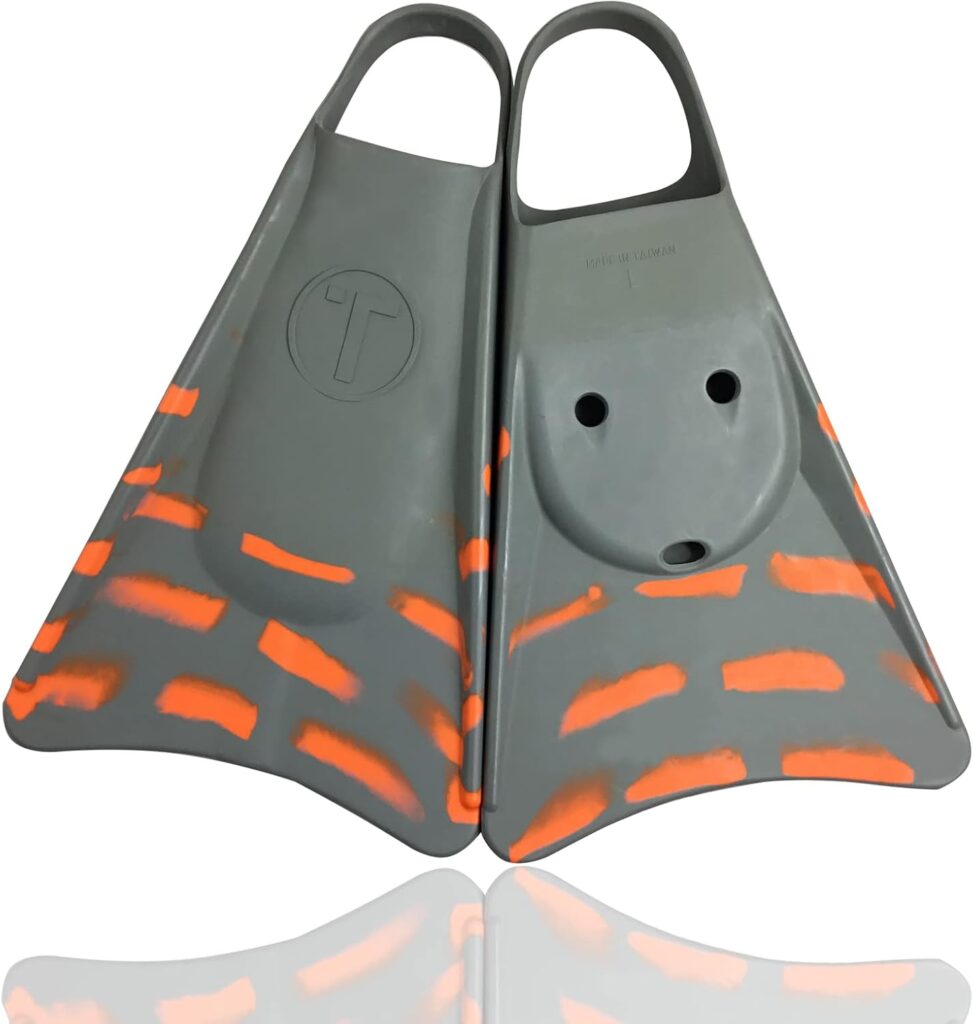
These aren’t optional, they help you paddle, catch waves earlier, and steer more effectively.
3. Leash
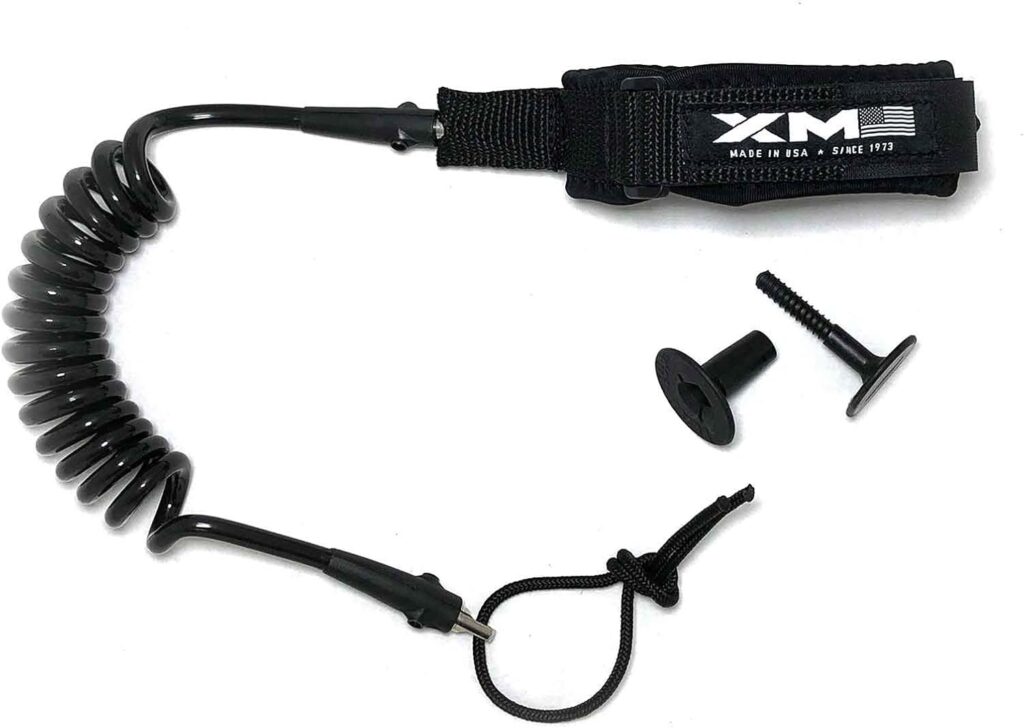
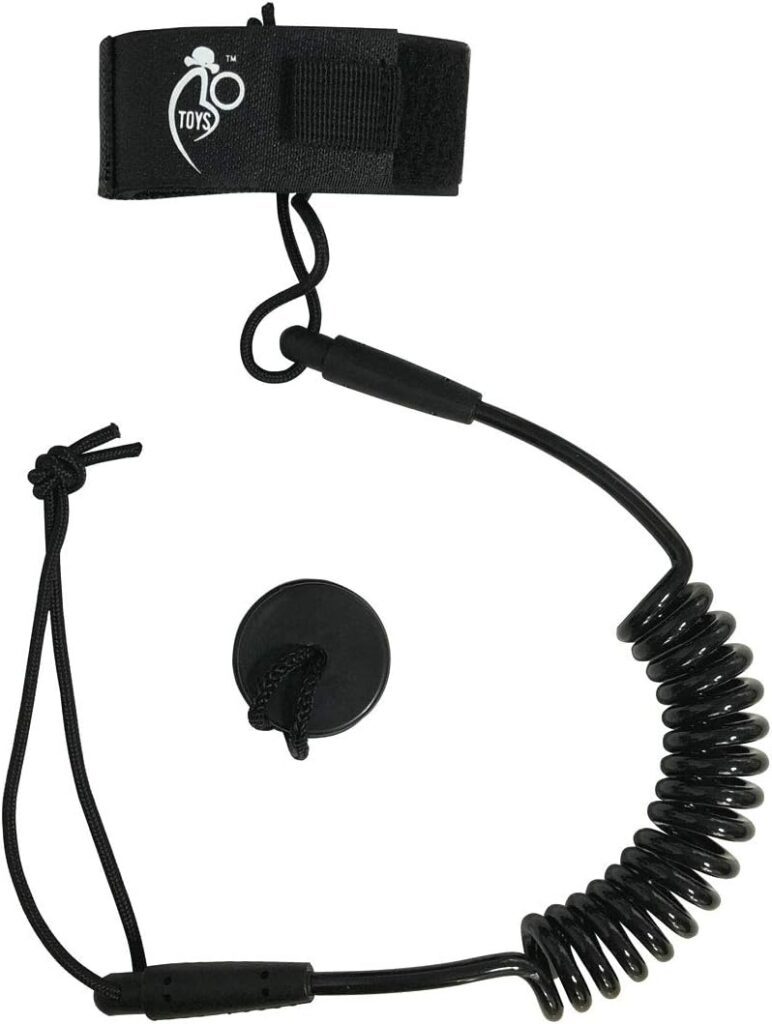
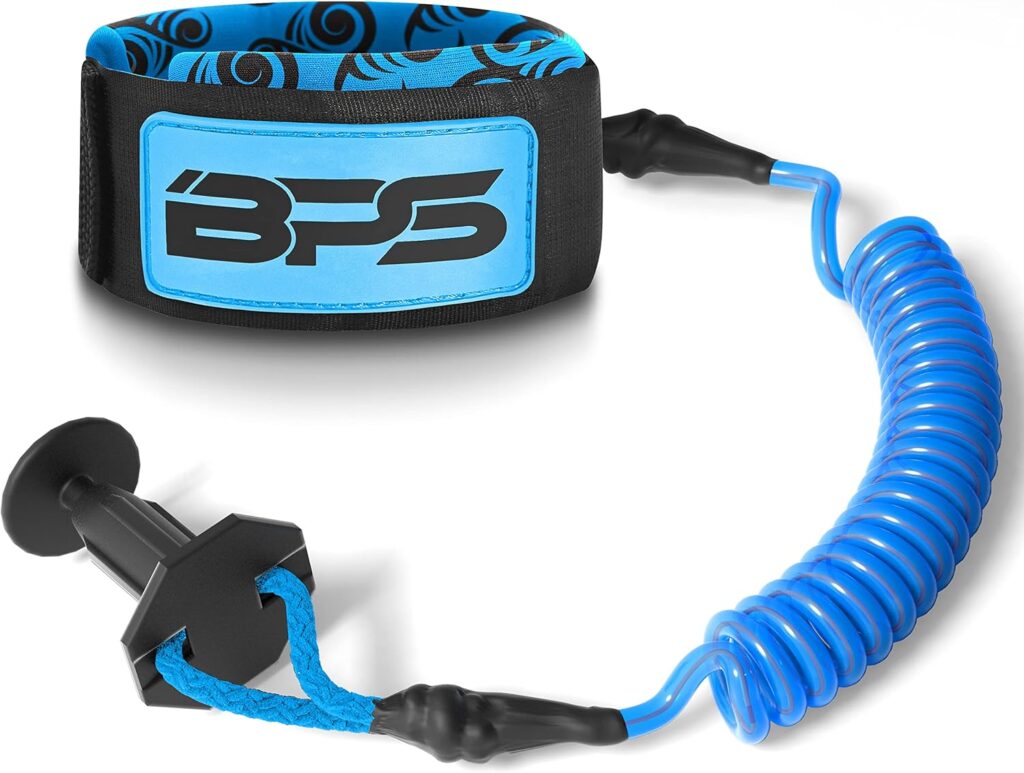
Attaches your board to your wrist or bicep. Unless you enjoy chasing your board like a cartoon character, wear one.
4. Wetsuit or Rash Guard
Keeps you warm, prevents board rash, and makes you look like you know what you’re doing (even if you don’t… yet).
How to Bodyboard: The Beginner’s Guide
Welcome to your first wave. Here’s a no-BS, step-by-step guide on how to bodyboard if you’ve never even touched a board before:
✅ Step 1: Choose the Right Beach
Pick a beginner-friendly beach with small, clean waves and soft sand. Avoid rocky shorelines or reef breaks until you’ve gained experience.
✅ Step 2: Warm Up and Wax On
Stretch a little. Rub wax or traction pads on the top of your board to prevent slipping.
✅ Step 3: Paddle Out
Lay flat on the board, chest forward, feet hanging off the back. Use your fins to kick and your arms to paddle past the breakers.
✅ Step 4: Catch a Wave
Look behind you. See a small wave forming? Start kicking and paddling like your vacation depends on it. Feel the wave lift you? Boom, you’re in.
✅ Step 5: Ride the Face
Shift your weight slightly to steer left or right. Keep your front arm stiff and your eyes forward. That’s how you ride cleanly without nosediving into Neptune’s backyard.
Is Bodyboarding Safe?
Yes, bodyboarding is generally safer than surfing, but like any ocean sport, it comes with risks. The good news is that it’s a low-impact activity that doesn’t require standing balance, making it ideal for many fitness levels.
But don’t ignore:
- Rip currents: Know how to identify and escape them.
- Shore break: Powerful waves that crash directly on the sand can cause injuries.
- Reefs and rocks: Stay away unless you’re experienced or wearing proper protection.
- Sun exposure: Wear a rash guard or wetsuit and reef-safe sunscreen.
If you’re careful and stay within your limits, bodyboarding is one of the most accessible and low-risk entry points into ocean sports.
Types of Bodyboarding Styles
Think bodyboarding is just lying down and letting the wave do the work? Think again. There are several styles you can master:
- Prone: The most common – lying on your stomach with fins.
- Drop Knee: One knee on the board, the other foot planted. This hybrid stance offers more control and style.
- Stand-Up: The unicorn of bodyboarding. Rare and advanced, but absolutely wild when pulled off.
Surfing and Bodyboarding: Can They Coexist?
Yes, and they absolutely should. While some surfers look down on bodyboarders (don’t be that guy), both sports require skill, wave knowledge, and courage.
In fact, many surfers started with bodyboarding before learning to pop up. The two disciplines overlap in ocean awareness, wave etiquette, and overall surf culture. At the end of the day, we’re all just out there chasing the same sets.
Where Can You Bodyboard? (Best Beaches to Try)
Here’s a quick travel itch-scratcher: some of the world’s best bodyboarding beaches include:
- Pipeline, Hawaii – Where the pros go to test their luck (and bones).
- Hossegor, France – Insane beach breaks with heavy waves.
- Puerto Escondido, Mexico – The “Mexican Pipeline” with monster barrels.
- Newquay, UK – Cold water, but great vibes and lessons.
- Bondi Beach, Australia – Beginner-friendly and world-famous.
Wherever you are, choose a spot with lifeguards, clean breaks, and beginner lessons. Google reviews and surf cams are your friends.
Why People Love Bodyboarding (Hint: It’s Not Just the Waves)
Bodyboarding is addictive because it delivers that rush of surfing without the frustrating learning curve. Here’s why fans keep coming back for more:
- It’s easier to learn, faster to progress.
- You can ride more types of waves.
- It’s lower impact and easier on joints.
- You get barrel rides way more often.
- It’s a full-body workout + fun = win-win.
Whether you want a hobby, a workout, a flow state, or just something to make beach days more fun, bodyboarding checks every box.
Health Benefits of Bodyboarding
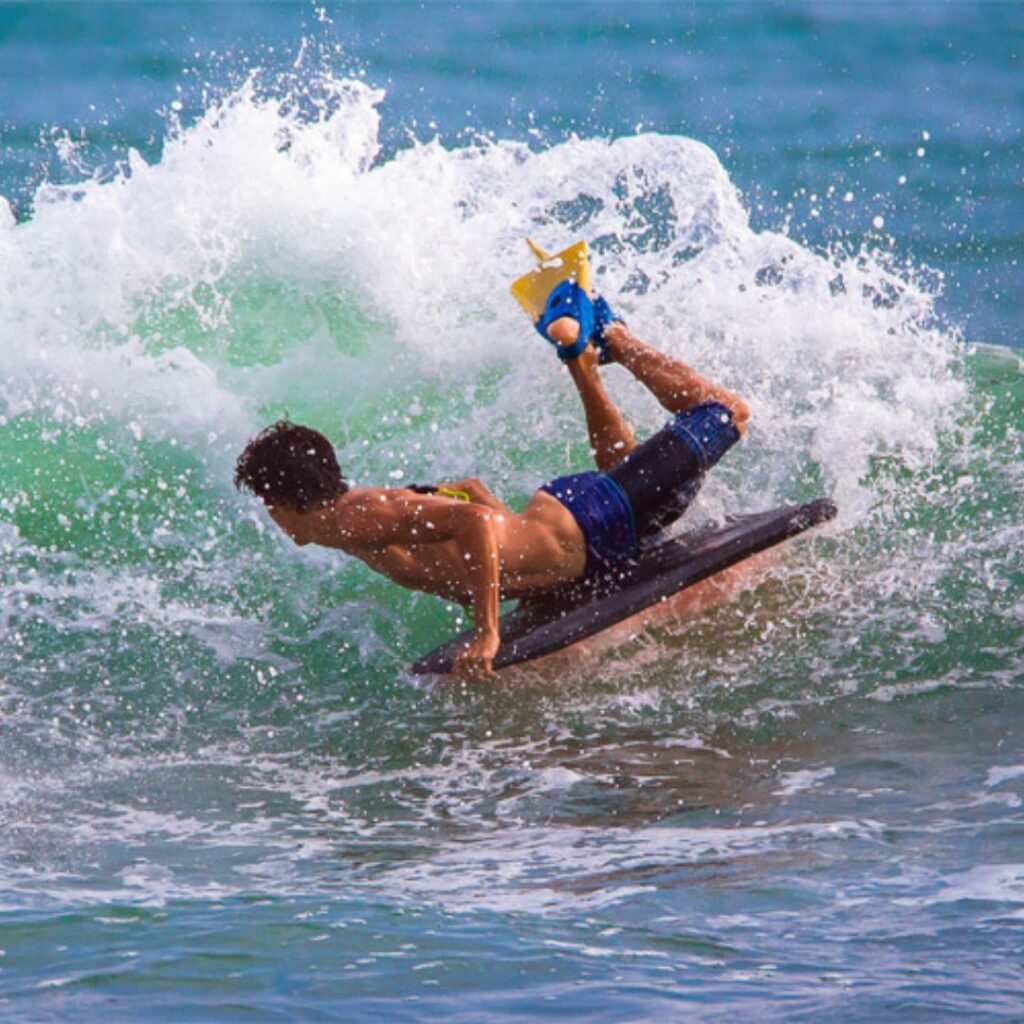
Bodyboarding is more than just a thrilling ocean activity – it’s a full-body workout that comes with a surprising range of health benefits. Whether you’re paddling out, riding waves, or wiping out in style, your body and mind are gaining more than just good vibes.
Here are the key health benefits of bodyboarding, explained:
1. Cardiovascular Fitness
Why it matters: Paddling through waves requires continuous effort, which gets your heart pumping and your lungs working hard. This improves overall cardiovascular health, boosting endurance and lowering your risk of heart disease.
How it helps: Regular bodyboarding sessions can improve circulation, reduce blood pressure, and enhance stamina over time. It’s an oceanic version of a cardio class minus the air conditioning and mirrors.
2. Full-Body Muscle Engagement
Why it matters: Bodyboarding uses nearly every muscle group. Paddling works the arms, shoulders, and back. Holding your body on the board strengthens your core. Kicking with fins engages the legs and glutes.
How it helps: Unlike gym workouts that isolate muscle groups, bodyboarding gives you a balanced, dynamic workout that promotes muscular endurance and tone, especially in the core and lower back.
3. Enhanced Flexibility and Mobility
Why it matters: Riding a wave requires quick reflexes and fluid movements. From popping up on the board to shifting your weight for balance, you’re constantly stretching and adjusting.
How it helps: These movements increase joint mobility, flexibility, and coordination, helping reduce stiffness and improving everyday movement, especially helpful as we age.
4. Mental Health Boost
Why it matters: There’s something incredibly therapeutic about being in the ocean. The combination of fresh air, saltwater, and rhythmic motion reduces stress and anxiety.
How it helps: Bodyboarding releases endorphins (feel-good hormones), combats symptoms of depression, and provides a natural mental reset. It’s like meditation, but wetter and with the occasional face-plant.
5. Better Balance and Coordination
Why it matters: To stay on the board (and not embarrass yourself), you need sharp balance and fast-twitch coordination. These skills are constantly tested and improved.
How it helps: Regular bodyboarding trains your brain and body to work together more efficiently, improving balance and reaction time, even on dry land.
6. Burns Calories and Aids Weight Loss
Why it matters: Paddling, kicking, and riding waves is intense physical work, even if you’re having fun doing it.
How it helps: A typical hour of bodyboarding can burn 250 to 600+ calories, depending on the intensity and wave conditions. It’s a fun and sustainable way to manage weight and stay active.
7. Builds Core Strength
Why it matters: Holding your body steady on a board requires serious core engagement, especially when balancing on unpredictable waves.
How it helps: Strengthening your core improves posture, prevents back injuries, and enhances overall body control and coordination.
8. Encourages Outdoor Activity and Vitamin D Absorption
Why it matters: Most people don’t get enough natural sunlight, especially if they’re stuck indoors at a desk all day.
How it helps: Bodyboarding gets you outside, where your body absorbs sunlight to produce vitamin D – crucial for bone health, immune function, and mood regulation. (Just don’t forget your reef-safe sunscreen.)
9. Promotes Social Interaction
Why it matters: Surf culture is inherently social, and bodyboarding is no exception. Whether you’re catching waves with friends or chatting in the lineup, you’re part of a community.
How it helps: Social interaction boosts mental wellness and reduces feelings of isolation. Bodyboarding offers the joy of shared stoke and camaraderie.
10. Improves Lung Capacity and Breath Control
Why it matters: Bodyboarding requires holding your breath and controlling your breathing, especially when duck diving or getting tumbled in the surf.
How it helps: This builds lung capacity and strengthens your respiratory muscles. Over time, it can even help with breath regulation in stressful situations.
The Bottom Line on What Is Bodyboarding?
Now that we’ve answered what is bodyboarding in every way imaginable – from the technical definition to the spiritual thrill ride, it’s your turn. Grab a board, hit the beach, and see why millions of people around the world are lying down… only to fall in love with the ocean all over again.
Remember:
- Start small.
- Respect the water.
- Don’t take yourself too seriously.
And for the love of foam, never call it boogie boarding in front of a pro unless you want a salty stare.
